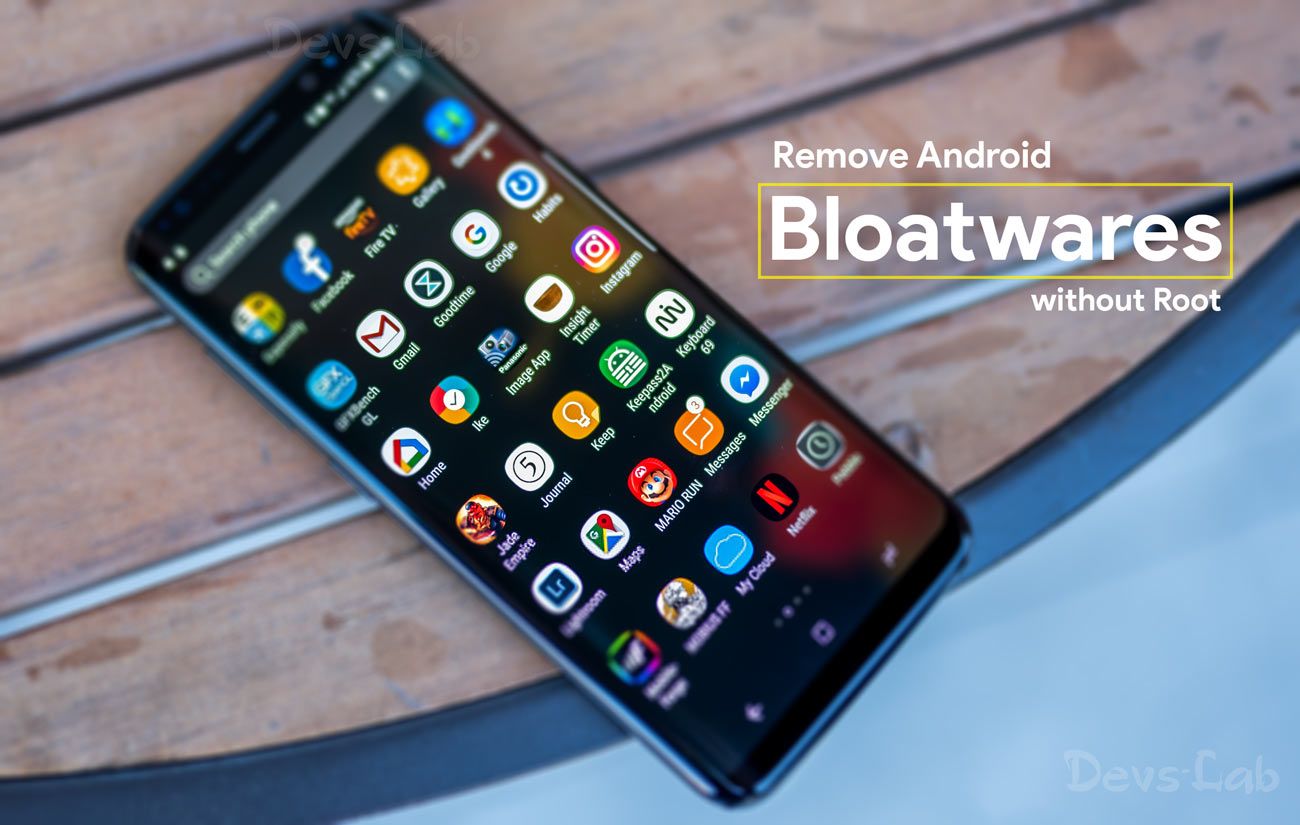

Some people dislike Siri or Alexa’s “listening,” while others dislike Amazon’s 1-Click, fearing accidental purchasing. Look at Snapchat: 800,000 people signed a petition in protest of the app’s redesign, yet the company continues to produce buzzworthy financial and engagement metrics. It’s better to be loathed than unnoticed. Subscribers don’t even notice these apps, unless they actually take the time to actively dislike them. This may sound odd, but in order for people to specifically dislike something, it has to have created some sort of impact - and let’s face it, most bloatware stays pretty well below the radar. Will some subscribers dislike - yes! DISLIKE - your app? To make the leap to gloatware, a preinstalled app must innovate, and in a way that people react to. Does the app, functionality or service have differentiated features?Ĭarrier installed apps that are nothing more than substandard me-toos are just going to be dumped for better, more robust options. Carrier apps like visual voicemail, or even AT&T’s DirectTV app that transforms your handset into a remote (if you have DirectTV) are useful and novel. If I have Apple Maps or Google Maps, why on earth do I need a carrier’s version? (And why would I pay for it?) Why do I need another photo gallery or file management app? Subscribers would rather prefer innovative apps that advance or change the functionality of the phone. Have your subscribers already installed another competitive offering on their phone?Ĭarriers have insisted on delivering phones that feature their own versions of apps that people already use.

To make the shift from bloatware to gloatware without gaffes, there are three questions carriers must consider carefully:ġ. When carriers put mere ambition ahead of subscriber satisfaction, it will inevitably backfire - and quickly. Carriers absolutely must put innovation first and focus on making phones more user-friendly. However, let’s be honest: the leap from bloatware to gloatware is not an easy one. None of these would be considered bloatware because each offered something unique and helpful, had few competitive offerings and enough marketplace use to make them seem commonplace. Consider some of the pre-installed functionalities on phones today that we take for granted: visual voicemail, voice search, wallets, navigation and much more. Not all pre-installed apps are bloatware.


 0 kommentar(er)
0 kommentar(er)
